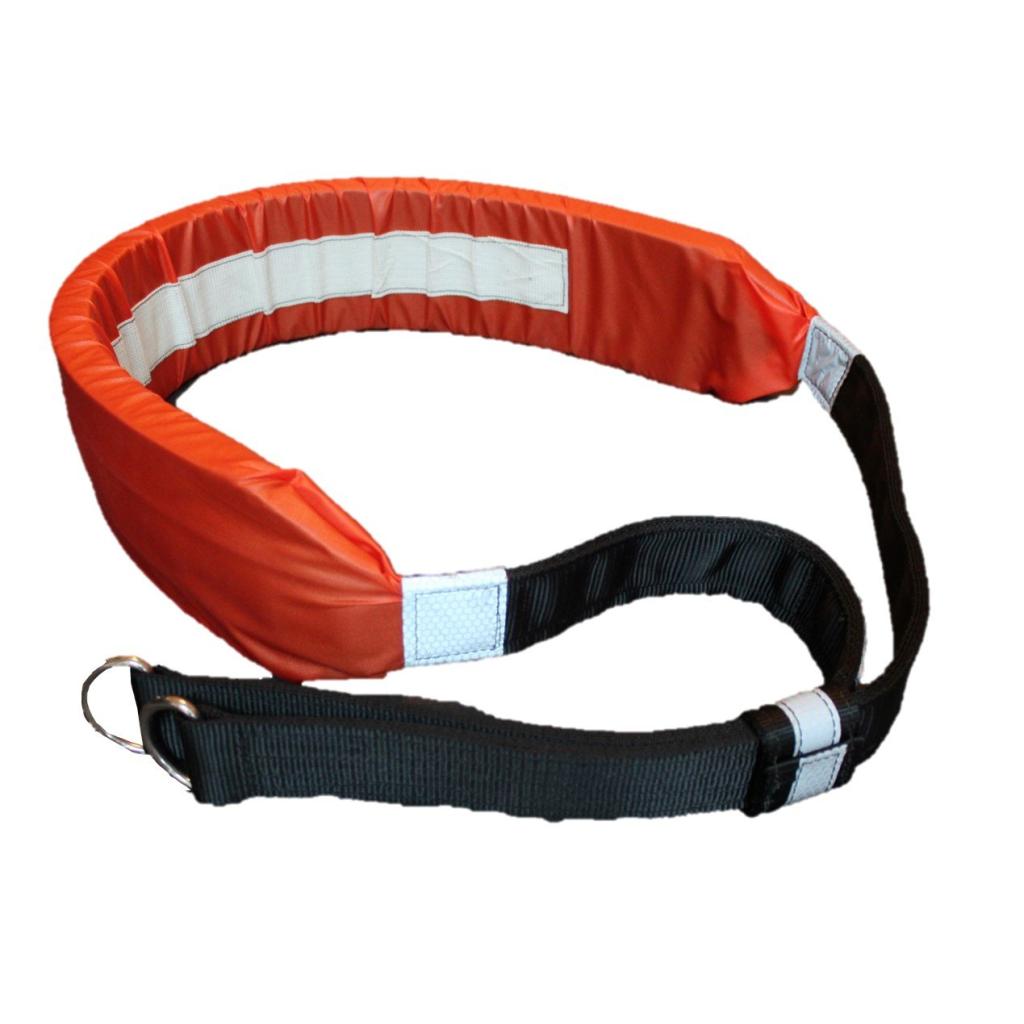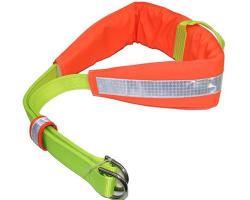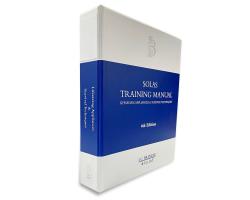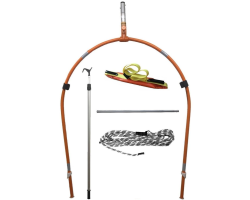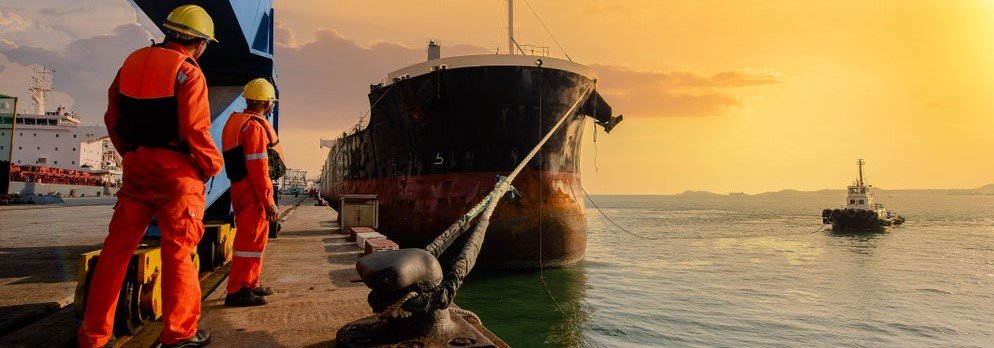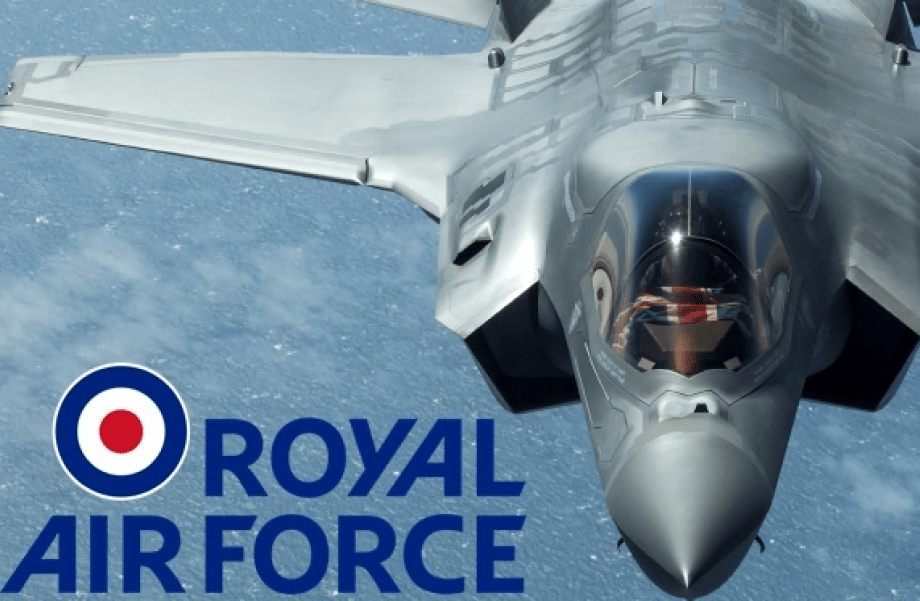Survivor - Man Overboard ( MOB ) Harness & Training Strop
A strong, durable and high-specification strop for Man OverBoard rescues in even the most demanding conditions. Supplied with proof load certificate.
SURVIVOR STROP - MOB & TRAINING STROP
The Survivor Strop can be quickly and easily secured, either by placing the Strop over the head and then slipping the arms through, or by slipping it over the feet and working it up to the chest. NB Intended for rescuing uninjured personnel only. Note: although primarily designed for Man OverBoard rescues, it can also be used in other situations where a casualty needs to be pulled or lifted eg from mud/quicksand or in suitable helicopter-lifting drills/simulations.
This MOB Training Strop has a SWL 150 Kg. Individually tested to 300 Kg by an independent specialist tester, and supplied with a Test Certificate. Constructed of webbing with a breaking strain in excess of two tonnes and stainless steel hardware the Survivor Strop provides a quick and safe means of hoisting uninjured persons. During manufacture the load bearing construction of each strop is tested to 300kgs.
Key Features and Equipment Benefits
- Individually tested to 300 Kg and supplied with independent certificate
- Safe Working Load 150 Kg, with safety factor minimum 10x
- 50mm Filament polyester webbing, with a minimum breaking strength 3,000 Kg (when used as a single strip - but for our strops the webbing is doubled!)
- Closed-cell buoyancy foam padded strap
- Polyurethane-coated nylon strap cover, coloured in high-visibility orange, and fitted with retro-reflective tape
- 316 stainless steel D-rings — TIG welded, with a breaking strain 2,750 Kg each (two are used together when lifting with our strop!)
- A boned 100% polymide (nylon) continuous filament thread. Highly resistant to sea-water, abrasion, mildew, rot and perspiration (used for industrial sewing operations of a more strenuous nature eg mountaineering equipment, which you would see in wetsuits, automotive and aircraft seating)
Technical Information:
- Overall length: 239cm/97.5" (232cm/94" excluding lifting rings)
- Weight: approx 0.8 Kg
- Webbing: 50m Filamnet polyester
- Padded Strap: closed-cell buoyancy foam
- Strap Cover: polyurethane-coated nylon
- D-rings: 316 stainless steel
- Thread: 100% polymide (nylon)
- 9 Year Lifespan
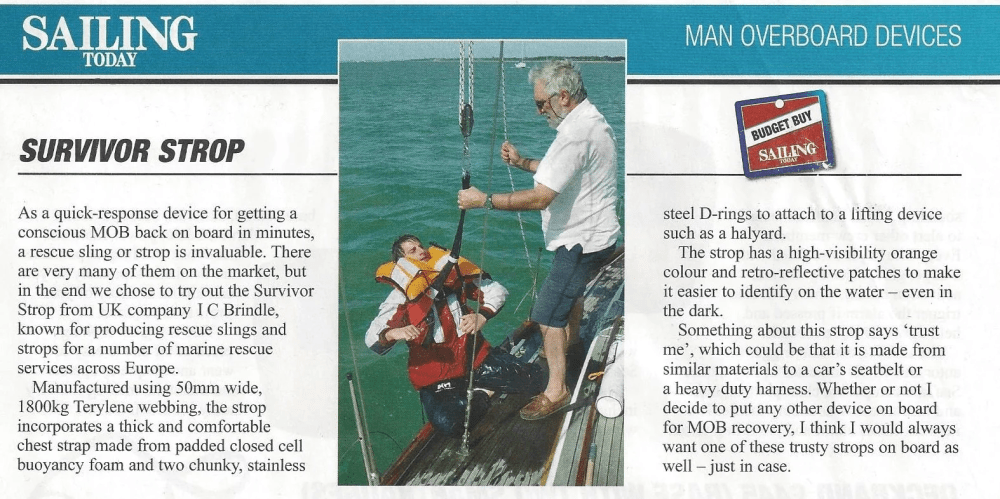
SPECIFICATION
-
Individually tested to 300 Kg and supplied with independent certificate
-
Safe Working Load 150 Kg, with safety factor minimum 10x
-
Overall length: 239cm/97.5" (232cm/94" excluding lifting rings)
-
Weight: approx 0.8 Kg
- 9 Year Lifespan
-
Webbing: 50mm Filament polyester, minimum breaking strength 3,000 Kg (when used as a single strip - but for our strops the webbing is doubled!)
-
Padded Strap: closed-cell buoyancy foam
-
Strap Cover: polyurethane-coated nylon, in high-visibility orange and fitted with retro-reflective tape
-
D-rings: 316 stainless steel, TIG welded, breaking strain 2,750 Kg each (two are used together when lifting with our strop)
-
Thread: a boned 100% polymide (nylon) continuous filament, highly resistant to sea-water, abrasion, mildew, rot and perspiration (used for industrial sewing operations of a more strenuous nature eg mountaineering equipment, wetsuits, automotive and aircraft seating)
Contact Us
Need any help? Get in touch with an expert via the contact form below.










